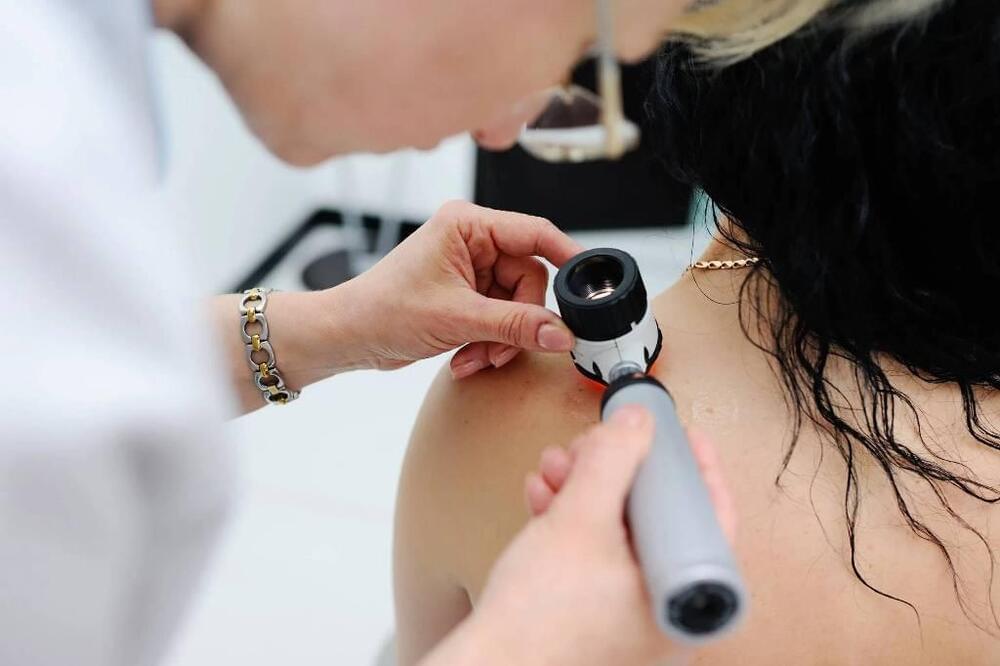ABSTRACT breaks down mind-bending scientific research, future tech, new discoveries, and major breakthroughs. For centuries, rumors have circulated about an ancient kingdom called Cantre’r Gwaelod that…





“It’s historic,” says MIT scientists.
In a significant breakthrough, the Massachusetts Institute of Technology’s (MIT) lunchbox-sized machine has been producing oxygen from the Red Planet’s atmosphere for more than a year, giving hope of life on Mars one day.
Since April 2021, the MIT-led Mars Oxygen In-Situ Resource Utilization Experiment (MOXIE) successfully made oxygen from the Red Planet’s carbon-dioxide-rich atmosphere, according to a press release published by the institute on Wednesday.
“It’s historic,” said MOXIE’s deputy principal investigator Jeffrey Hoffman, a professor of the practice in MIT’s Department of Aeronautics and Astronautics.
MIT’s MOXIE experiment has now produced oxygen on Mars. It is the first demonstration of in-situ resource utilization on the Red Planet, and a key step in the goal of sending humans on a Martian mission.





For the first time, scientists have confirmed a major breakthrough in nuclear fusion involving the first successful instance of ignition, the point at which a nuclear fusion reaction becomes self-sustaining.
The achievement, results for which have been published in three peer-reviewed papers, occurred at Lawrence Livermore National Laboratory’s (LLNL) National Ignition Facility on August 8, 2021.
Nuclear fusion involves a reaction where at least two atomic nuclei possessing a low atomic number fuse together, forming heavier atomic nuclei. During such a reaction, differences between the masses of the reactants and products result from the difference in energy that binds atomic nuclei before and after the reaction occurs. This difference will either cause the absorption or the release of energy.